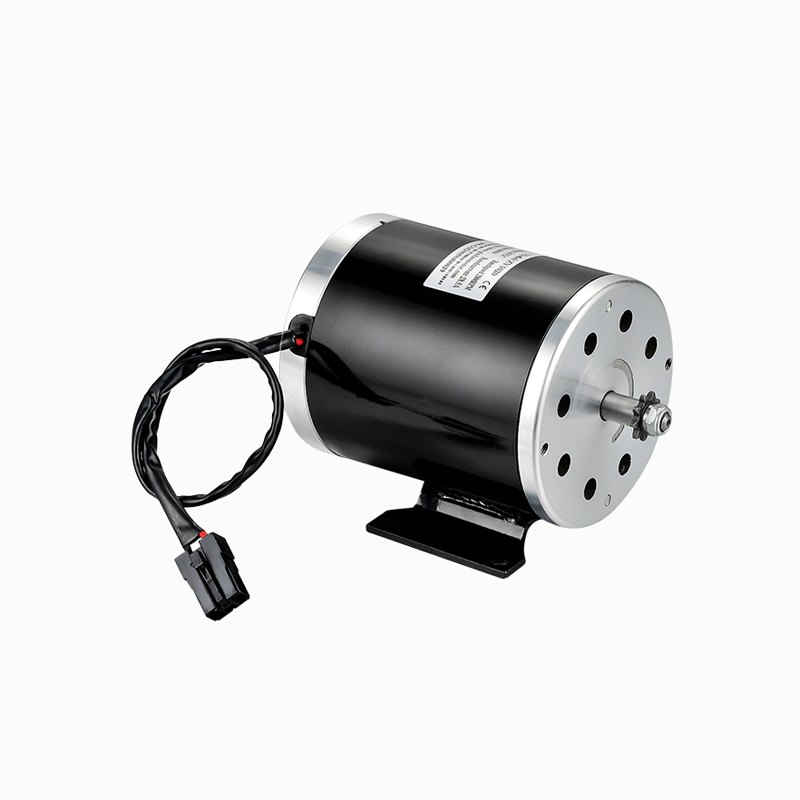Call us
+86-18023576732
+86-0579-89008006
Fax: +86-0579-82206899
Introduction to Long-Term Operation Requirements
Continuous operation is a common requirement in a variety of industrial, commercial, and consumer applications. From conveyor belts and automation equipment to ventilation systems and robotics, motors are often expected to perform reliably for hours or even days without interruption. Choosing the right type of motor for such tasks requires consideration of factors including thermal stability, efficiency, wear and tear, and energy consumption. When evaluating the Permanent Magnet DC Motor for these demanding conditions, several performance and design characteristics need to be assessed.

Thermal Characteristics and Cooling Requirements
One of the primary limitations in continuous motor operation is heat generation. As current flows through the motor windings, electrical resistance causes heat buildup, which can cause degradation of insulation materials and reduced efficiency. In the case of permanent magnet motors, the fixed magnets used in the stator are sensitive to excessive temperatures. If overheated, they may lose magnetic strength over time, affecting motor performance. Therefore, for applications requiring long hours of uninterrupted activity, adequate heat dissipation becomes a critical design parameter. Incorporating forced air cooling, heat sinks, or liquid cooling systems can help mitigate thermal buildup and extend operational lifespan.
Brush and Commutator Wear in Continuous Operation
Most Permanent Magnet DC Motor designs rely on brushes and commutators to switch current through the armature windings. During continuous rotation, these mechanical components are subject to constant friction and electrical arcing, causing gradual wear. Over time, this wear can result in degraded performance, increased electrical noise, and eventual failure if not properly maintained. While brushless variants of DC motors offer improved longevity and are more suitable for non-stop applications, brushed versions may still perform well with proper materials, periodic maintenance, and conservative current ratings. The choice between brushed and brushless designs is critical when long-term reliability is a concern.
Efficiency and Energy Consumption Under Constant Load
Long-duration motor use directly affects energy consumption and operating costs. Efficiency becomes especially important when motors are expected to run continuously, as even small losses in energy conversion can add up over time. Permanent magnet designs generally offer high torque-to-current ratios and good efficiency at steady operating speeds, making them an appealing option in many situations. However, efficiency also depends on matching the motor to the load profile. Oversizing a motor may cause unnecessary energy waste and overheating, while undersizing can cause overloading and premature failure. Proper system integration, including load balancing and optimized speed control, plays a key role in achieving efficient long-term performance.
Practicality Versus Precaution
Permanent magnet DC motors can indeed be used in continuous operating scenarios, provided certain precautions are taken. While the core design offers advantages in terms of torque and responsiveness, issues such as heat buildup, component wear, and magnetic degradation must be addressed through thoughtful system design and active monitoring. For mission-critical or nonstop applications, investing in brushless configurations or motors with industrial-grade components may further enhance reliability. By balancing performance with proper safeguards, these motors can serve effectively in long-term operational roles across a range of industries.
Contact Us